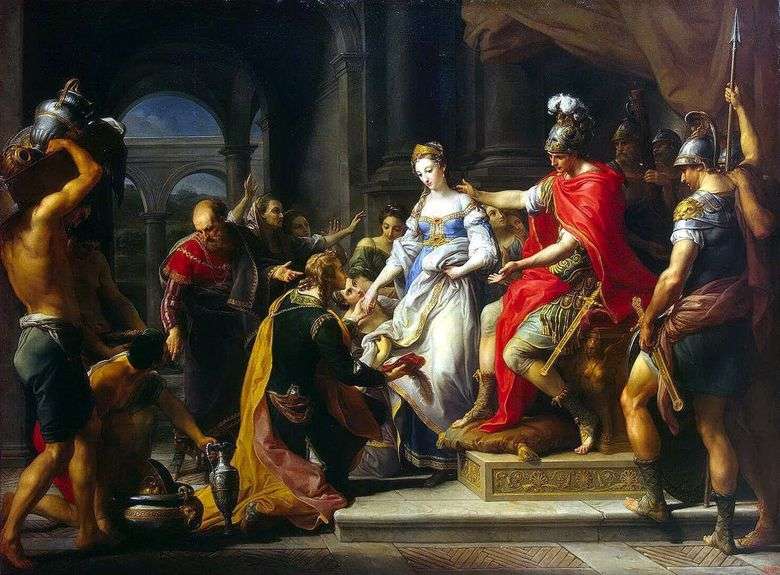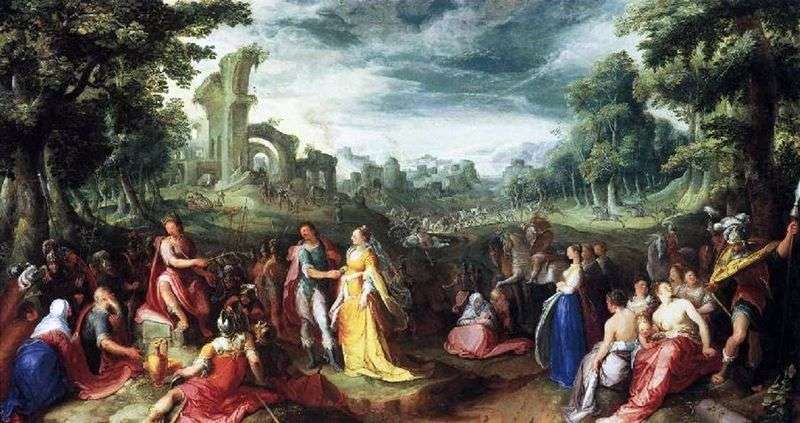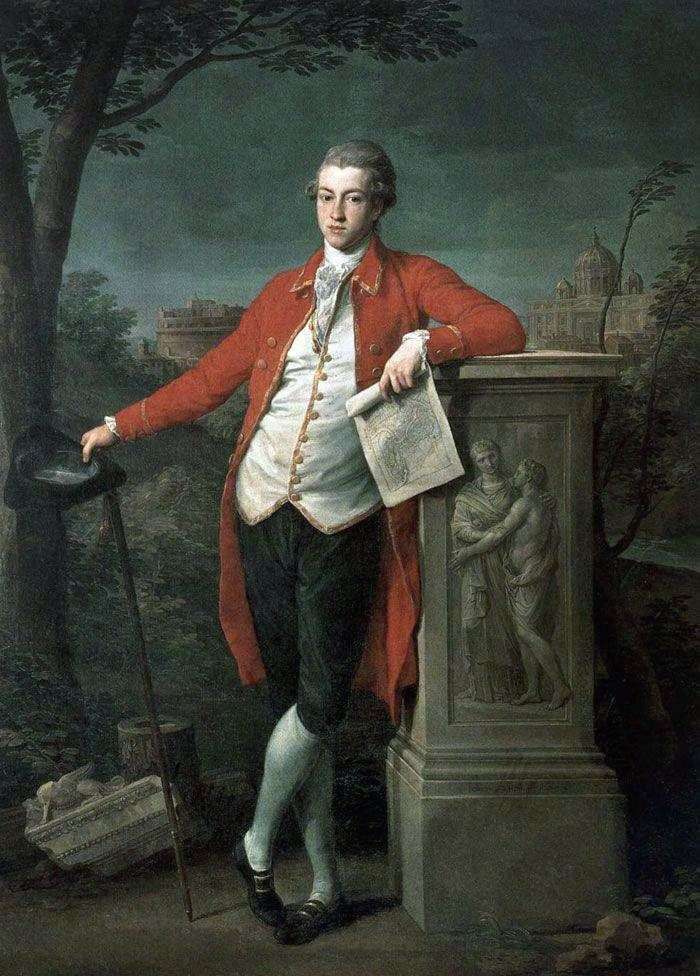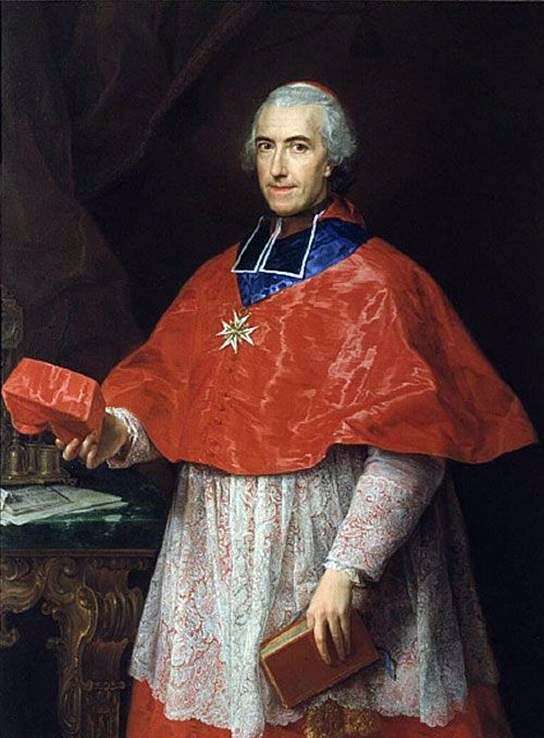
Painting of the Italian painter Pompeo Batoni “The Inconcession of Scipio of Africa” is also known under the title “Magnanimity of Scipio of Africa”. The size of the picture is 227 x 298 cm, canvas, oil. Publius Cornelius Scipio Africanus Elder – the famous Roman commander of the Second Punic War, the conqueror of Hannibal, the censor from 199 BC. e., from 199 BC. e. three times princeps of the senate, consul. The plot of “The Forbearance of Scipio of Africa” was very popular in European art since the Renaissance.
Scipio in 218 BC. e. took part in the battles of Titic and Trebbia. In the battle of Cannes, in which the Romans were defeated by Hannibal, Scipio fought as a military tribune. In 212, Scipio put forward his candidacy for the post of Roman commander-in-chief in Spain. Landed at the mouth of the River Iber in 209 and having a 30-thousand-strong army, Scipio launched an unexpected attack on the stronghold of the Carthaginians in Spain – New Carthage.
In the city, the Romans got a huge booty, noble captives and Spanish hostages. The last of Scipio released to their homes without ransom. Historian Titus Livius tells that Scipio could take the finest and most noble girl of the city among the prisoners as concubines, but did not take advantage of this right, but returned it to her fiancé. In 207 Scipio defeated the Carthaginian commander Hasdrubal and gradually subdued Rome most of Spain. He showed diplomatic ability, prepared an invasion of Africa. Defeating Hannibal’s army under Zama, he concluded a peace favorable for Rome. Upon his return to Rome, Scipio was met with triumph and nicknamed the African.
After the defeat of the army, the Carthaginians played a prominent role in the political life of Rome. Since 199 BC, the censor and princeps of the Senate, Consul. Batoni’s painting is a couple of canvas “Chiron is returning Achilles to his mother Thetis” and the structure of the composition is similar to him. There is a similarity in the color solution: against the background of grayish-brown architecture, the elegant colors of the clothes of the characters stand out. Scipio in scarlet raincoat passes the girl to the kneeling groom. The white dress of the captive symbolizes her innocence. Magnificently written a variety of vases in the foreground. Batoni, who in his youth was engaged in jewelry art, liked to enter into his compositions various subjects, making up of them exquisite still lifes.
 Abstinence Scipio Africain – Pompeo Batoni
Abstinence Scipio Africain – Pompeo Batoni Abstinencia de la Escipión Africana – Pompeo Batoni
Abstinencia de la Escipión Africana – Pompeo Batoni The generosity of Scipio by Karel van Mander
The generosity of Scipio by Karel van Mander Self-portrait by Pompeo Batoni
Self-portrait by Pompeo Batoni Portrait of Thomas William Coke by Pompeo Batoni
Portrait of Thomas William Coke by Pompeo Batoni Portrait of Princess Hyacinth Orsini by Pompeo Batoni
Portrait of Princess Hyacinth Orsini by Pompeo Batoni Prince in Rome, Charles Roberts by Pompeo Batoni
Prince in Rome, Charles Roberts by Pompeo Batoni Portrait of Cardinal Jean-François de Rozheshuar by Pompeo Batoni
Portrait of Cardinal Jean-François de Rozheshuar by Pompeo Batoni